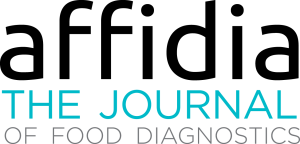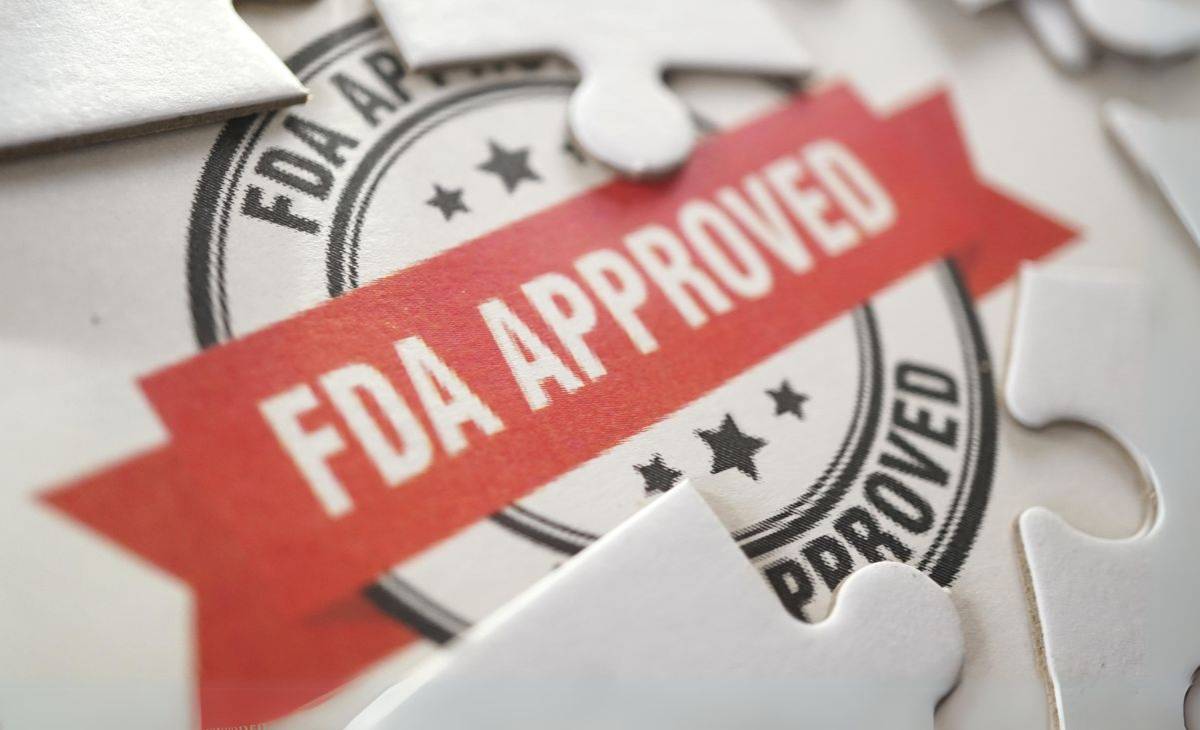FDA initiates review of select chemicals in the food supply
The US Food and Drug Administration (FDA) has announced a comprehensive review of various substances present in food, including ingredients considered generally recognized as safe (GRAS), food additives, color additives, food contact substances, and contaminants.
The agency has compiled a table that includes the chemicals under evaluation as of March 4, 2024. This table will be regularly updated to keep the public informed about ongoing assessments and maintain transparency regarding the FDA's work and actions.
The FDA's current review focuses on a select group of chemicals, including arsenic, Per- and Polyfluoroalkyl Substances (PFAS), Bisphenol A, Brominated Vegetable Oil, Cadmium, Lead, Mercury, mycotoxins (T-2 toxin, HT-2 toxin, and zearalenone), Phthalates, and Titanium Dioxide. While this list is not exhaustive, it encompasses contaminants of particular concern based on existing programs and stakeholder petitions.
The FDA's review process is multifaceted and involves several steps to evaluate risks over time. It begins with the agency examining available information and scientific literature related to each chemical. Additionally, the FDA will actively engage with scientific experts, participate in international activities, and collaborate with research stakeholders to gather the most comprehensive data possible. This initial assessment helps determine whether a more in-depth risk and safety assessment is required.
The risk and safety assessment phase will analyze the potential health effects of each chemical on consumers, particularly vulnerable populations such as children. By comparing the level of the chemical present in food with the identified risk threshold, the FDA will evaluate the overall safety concerns. To facilitate this evaluation, the FDA will employ a range of tools, including toxicology studies, exposure assessment, mathematical modeling, and prioritization techniques.
Once the risk and safety assessment is complete, the FDA will proceed to the risk management review stage. Here, the agency will determine which actions would be necessary to safeguard public health. This may involve requesting additional data from industry stakeholders or conducting further analytical and safety studies. The outcomes of these investigations will inform the FDA's decision-making process regarding the necessary risk management actions.
Potential risk management actions include revoking authorizations or approvals for certain chemical uses, collaborating with industry to implement voluntary market phase-out agreements and recalls, developing action levels for contaminants, and issuing alerts to inform both consumers and industry professionals.
Through this process, the agency aims to address potential health concerns associated with various chemicals, thus remaining committed to its mission of ensuring food safety and protecting consumers' well-being.
Source:






















